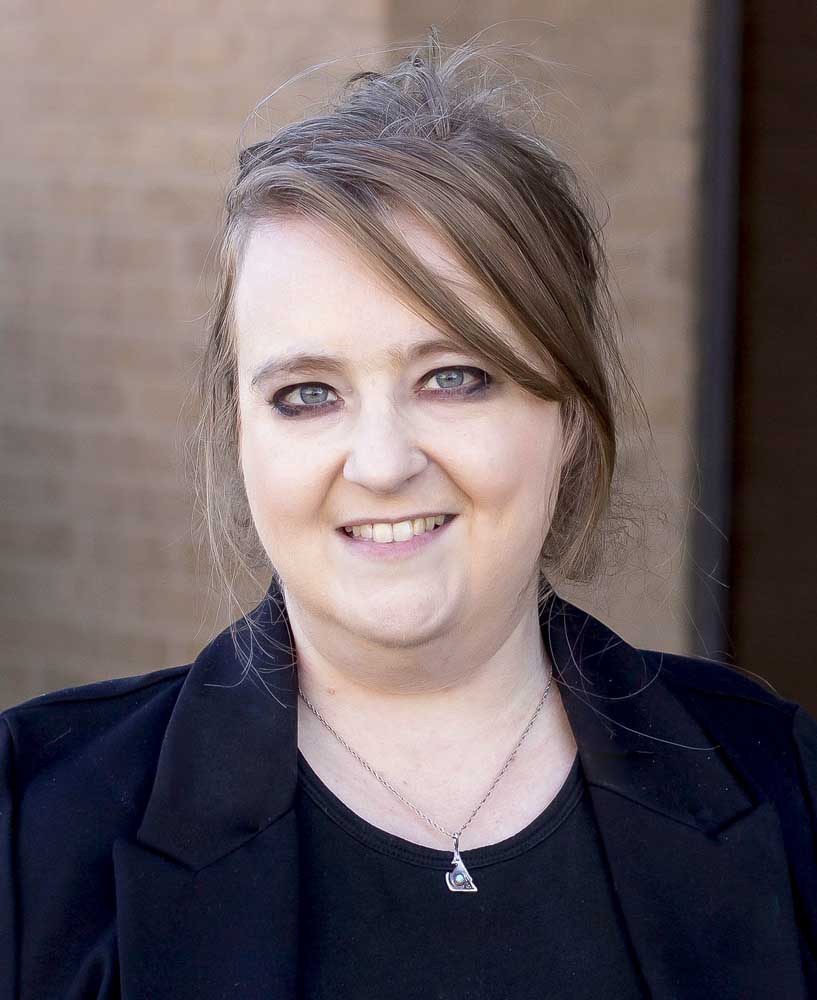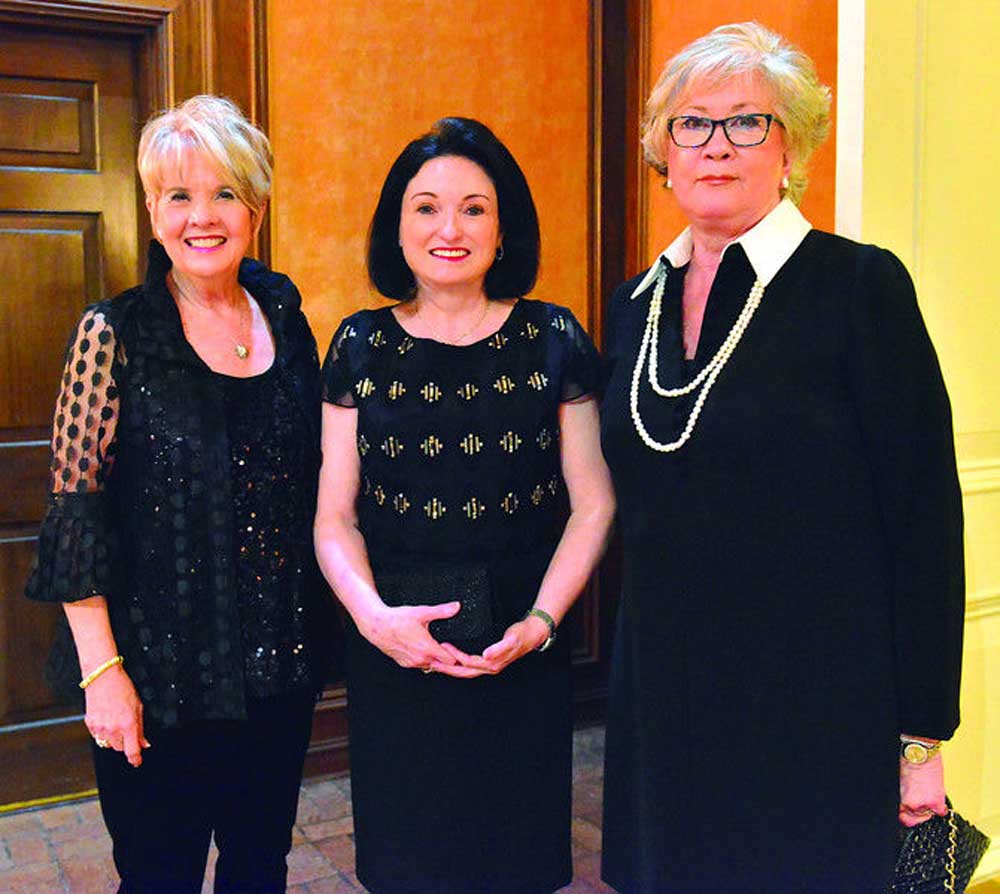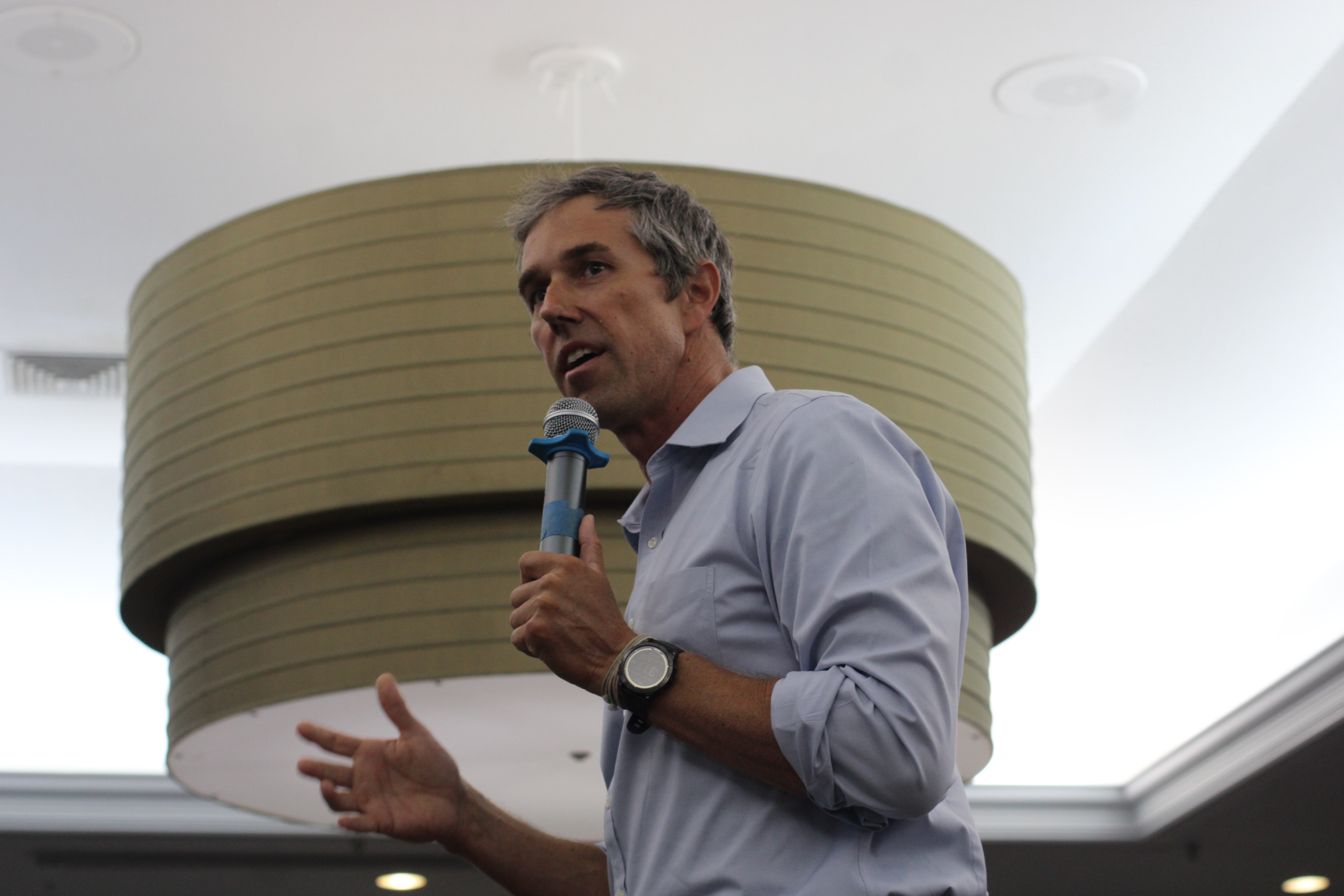Scott: Fighting to hear — and be heard
Published 5:10 am Friday, December 27, 2024

- Jennifer Scott
My day starts a bit differently than yours: the alarm goes off, you groggily hit the snooze button, get up, probably fumble around for your glasses, then start the coffee. Mine is similar, except I don’t like coffee and I fumble around for my glasses and hearing aid — and what snooze button?
But my relationship with sound has always been different. I was born with Grade II bilateral microtia, which means my ears are smaller and underdeveloped on both sides (leaving me to pass on those cool helix and industrial piercings). These deformities affect my hearing, and while I can hear some sounds, I have relied on conductive hearing aids to help navigate me into the hearing world.
Unfortunately, hearing aids aren’t a cure for hearing loss, especially not for someone like me. I’ve never been able to wear ‘normal’ hearing aids. The ones I wore as a child were shaped like a headband — not the most comfortable things, but they did OK. And while cochlear implants have offered life-changing solutions to many, they aren’t an option for me. The damage to my inner ear bones means I don’t meet the criteria, which requires a certain amount of nerve damage. It wasn’t until I was a teen I became a candidate for something called the BAHA, or Bone Anchored Hearing Aid.
In late 2001, I had surgery to have a titanium part screwed into the bone behind my ear, which allows my skull to act as a conductor for sound. After a few months of healing, I was fitted with a sound processor. This small device attaches to the titanium part and picks up sounds, bypassing the inner ear and sending messages to my brain.
It’s been a game-changer in some ways, but far from a perfect fix.
Because hearing aids aren’t always 100% reliable, I depend on lip reading. But it’s not as simple as just watching someone’s mouth move. My brain is working overtime to process not only the sounds my BAHA picks up but also the visual cues I’m reading from their lips. I’m not just hearing the information, I’m trying to piece together sounds and words, interpreting body language, and fitting everything together. It’s mentally exhausting and not always accurate.
What’s also exhausting is dealing with health insurance companies when I am in need of an upgrade. They’re not exactly keen on covering hearing aids (or “hearing assistive devices”) because they often treat them as “non-essential” or “optional” expenses. But for those of us who rely on them, that couldn’t be further from the truth. They’re vital, and without them, we’re navigating through a world that doesn’t easily adapt to us.
I’ve been denied many times by health insurance over the years. The last time, two years ago, I appealed and resubmitted all the documents, letters from my audiologist, and ENT notes — only to be rejected, again. At least they were kind enough to send me a page of their policy outlining what exceptions they might make to cover hearing aids, including “Craniofacial anomalies whose abnormal or absent ear canals prevent the use of a wearable hearing aid.” Cue melting face and face with expletives emojis because, well… you get the idea.
I just want to hear. Why is this so hard to understand? Without a formidable ‘hearing assistive device,’ my world turns mute.
That said, there’s nothing wrong with living without hearing — something the Deaf community has long embraced, showing accepting this reality can lead to pride and a strong sense of belonging. My journey may be different, but it’s important to recognize that hearing loss, in all its forms, is just one part of who we are, whether we choose to hear through technology or through the amazing and beautiful culture that is the Deaf community.
For me, living with hearing loss isn’t just about struggling to hear; it’s about navigating a world that often doesn’t understand the complexity behind it. From the constant balancing act of relying on my BAHA and lip reading to fighting for coverage with insurance companies, it’s a daily reminder of the challenge that affects every part of my life, even as a journalist.
But with perseverance, I’ve learned to adapt, to advocate for myself, and to keep pushing forward. Living with hearing loss means constantly finding strength, not just to hear but to be heard in a world that sometimes feels a little too quiet.






